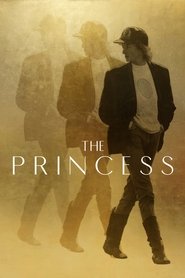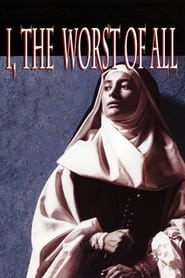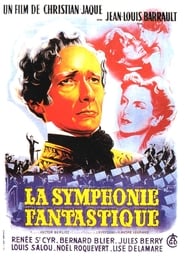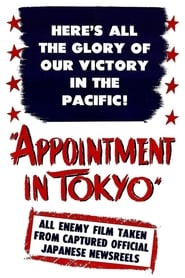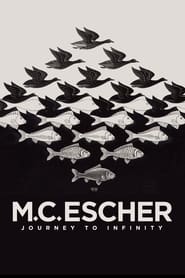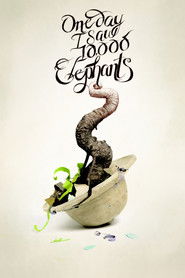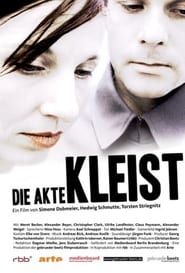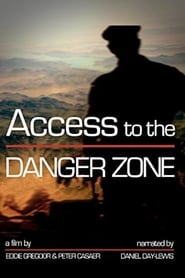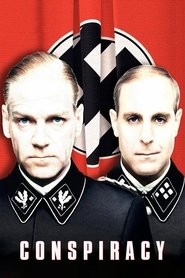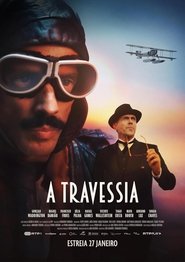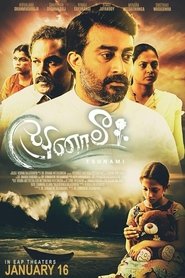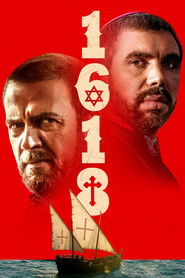Popular History Movies on Pantaflix - Page 334
-
The Princess
2022
The Princess
2022
star 6.4Decades after her untimely death, Princess Diana continues to evoke mystery, glamour, and the quintessential modern fairy tale gone wrong. As a symbol of both the widening fissures weakening the British monarchy and the destructive machinery of the press, the Princess of Wales navigated an unparalleled rise to fame and the corrosive challenges that came alongside it. Crafted entirely from immersive archival footage and free from the distraction of retrospective voices, this hypnotic and audaciously revealing documentary takes a distinctive formal approach, allowing the story of the People’s Princess to unfold before us like never before. -
I, the Worst of All
1990
I, the Worst of All
1990
star 5.7Assumpta Serna stars as the brilliant and beautiful poet Sister Juana Inés de la Cruz in this magnificent portrayal of 17th Century Mexico. In order to pursue her love of writing, Juana enters the convent and gains international renown. When the Inquisition comes, the local Vicereine becomes Juana's protectress and erotic muse, and soon begins a thrilling romance of startling passion and intensity. -
La Symphonie fantastique
1942
star 6.4The film is biographical, telling the story of the life and artistic struggles of the French composer Hector Berlioz. Berlioz is shown as a recalcitrant medical student in an anatomy class dreaming of becoming a composer; at a demonstration during a performance at the Paris Opéra conducted by Habeneck; at supper with other young artists (Hugo, Janin, Dumas, Mérimée, Delacroix); and chasing after his future wife Harriet Smithson, after a performance of Hamlet. Also depicted are his life in a garret, while suffering from an illness due to an abscess in the throat; a visit from his mother who curses him; and the composition of the Symphonie fantastique. The film then shows his marital breakdown, the premiere of his opera Benvenuto Cellini, his travels throughout Europe, his second marriage to Marie Recio (called "Marie Martin" in the film), public acceptance in old age and reconciliation with his son. -
Hammer
2024
Hammer
2024
star 2Cartagena, Colombia – 1666. An enslaved woman accused of witchcraft comes face to face with evil incarnate and a Faustian bargain for her freedom while imprisoned in the bowels of the Palace of the Inquisition. -
Appointment in Tokyo
1945
Appointment in Tokyo
1945
star 5.8Produced by the Army Pictorial Service, Signal Corps, with the cooperation of the Army Air Forces and the United States Navy, and released by Warner Bros. for the War Activities Committee shortly after the surrender of Japan. Follow General Douglas MacArthur and his men from their exile from the Philippines in early 1942, through the signing of the instrument of surrender on the USS Missouri on September 1, 1945. Preserved by the Academy Film Archive in 2013. -
M. C. Escher: Journey to Infinity
2018
star 6.9A portrait of the visionary Dutch artist M. C. Escher (1898-1972), according to his own words, taken from his diary, his correspondence and the texts of his lectures. -
Nukes in Space
1999
Nukes in Space
1999
star 6.1U.S. nuclear tests in space, and the development of the military intercontinental ballistic missile (ICBM). -
One Day I Saw 10,000 Elephants
2015
star 6.8The octogenarian Angono Mba recalls the expedition in which he worked as porter for the Spanish filmmaker Manuel Hernández Sanjuán who, between 1944 and 1946, traveled through Spanish Guinea documenting life in the colony as he obsessively searched for a mysterious lake. -
The King Who Fooled Hitler
2019
star 7In a tale of double agents and decoys, this documentary reveals, for the first time, the story of King George VI's elaborate ruse to divert German attention away from the Normandy landings in 1944. -
The Kleist File
2011
The Kleist File
2011
star 6Kleist's death at Wannsee - a spectacular case that has disturbed and fascinated posterity to this day. The German poet is found shot - what does that mean? What exactly happened on the afternoon of November 21, 1811 at Kleiner Wannsee? What do you know about the woman who died with him? -
Access to the Danger Zone
2012
star 6.3Directed by Peter Casaer and narrated by Daniel Day-Lewis, this documentary provides a harrowing look at the challenges of delivering humanitarian aid in armed conflicts. “Access to the Danger Zone” explores the strategies that Doctors Without Borders has employed to save lives in the world’s worst war zones, including Afghanistan, Somalia, and eastern Democratic Republic of Congo—strategies that are tested each and every day. Interviews with key experts from Doctors Without Borders, the International Committee of the Red Cross, and the United Nations are accompanied by dramatic footage shot in these countries in 2011 and 2012. -
Conspiracy
2001
Conspiracy
2001
star 7.3At the Wannsee Conference on January 20, 1942, senior Nazi officials meet to determine the manner in which the so-called "Final Solution to the Jewish Question" can be best implemented. -
The Great General
1979
The Great General
1979
The real-life story of a legendary Ming general (Meng Fei) who attempts to rid Chinese waters of Japanese pirates. -
Tsunami
2020
Tsunami
2020
star 3.7After a catastrophic tsunami in 2004, many lives were changed forever. This movie portrays a heart-warming story of two such families, and the story revolves around a 2-year-old child believed to be washed away by the floods. 10 years later, the Tamil family learns about a 12-year-old Sinhalese girl who can understand Tamil and remembers incidents from her previous life. Soon they recognize the girl by a birthmark on her face. The young girl now has to choose between her biological family and the family she grew up with. -
1618
2023
1618
2023
star 6The Inquisition continues the persecution of Portuguese Jews, sending Visitador Sebastião Noronha to the city of Oporto. With his family and community in danger, António Álvares, decides to outline an escape plan.
 Netflix
Netflix
 Amazon Prime Video
Amazon Prime Video
 Apple iTunes
Apple iTunes
 Apple TV Plus
Apple TV Plus
 Disney Plus
Disney Plus
 Google Play Movies
Google Play Movies
 Paramount Plus
Paramount Plus
 Hulu
Hulu
 HBO Max
HBO Max
 YouTube
YouTube
 fuboTV
fuboTV
 Peacock
Peacock
 Peacock Premium
Peacock Premium
 Amazon Video
Amazon Video
 The Roku Channel
The Roku Channel
 AMC+
AMC+
 Kocowa
Kocowa
 Hoopla
Hoopla
 The CW
The CW
 Vudu
Vudu
 Starz
Starz
 Showtime
Showtime
 PBS
PBS
 Pantaflix
Pantaflix
 FXNow
FXNow
 Tubi TV
Tubi TV
 Kanopy
Kanopy
 Comedy Central
Comedy Central
 Crunchyroll
Crunchyroll
 Microsoft Store
Microsoft Store
 Redbox
Redbox
 Sun Nxt
Sun Nxt
 ABC
ABC
 DIRECTV
DIRECTV
 Crackle
Crackle
 Fandor
Fandor
 Plex
Plex
